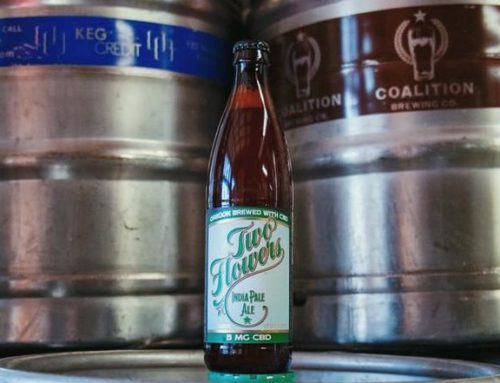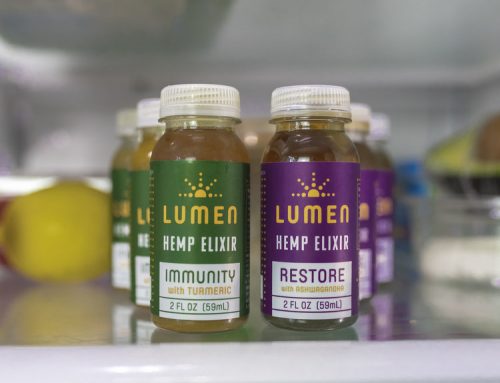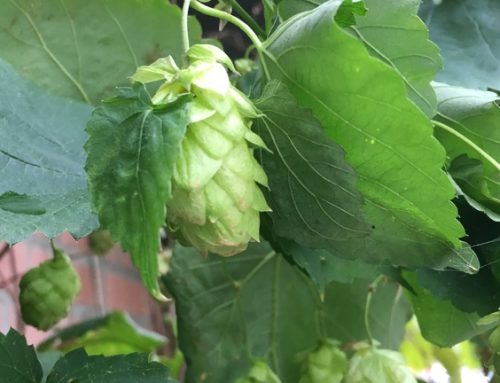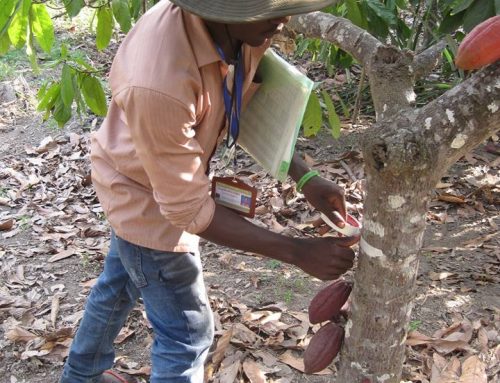Food certifications are multiplying. As the dysfunction of our industrialized food systems become increasingly apparent, it’s clear simply “organic” is no long good enough. From “pasture-raised” to “grass-fed”, new adjectives and certifications appear regularly on food labels. However, there is still no certification for regenerative farming. Regenerative farming practices are restorative to ecosystems and help combat climate change Consumers have to do quite a bit of research to find which farms implement these practices. There is, however, currently one straightforward way, which is finding and buying products that use perennial grains.
Fighting Climate Change with Soil
Regenerative farming improves and maintains soil quality. This is usually done through the spreading of organic material and composts. Animal waste that acts as natural fertilizers is also often used. Improving soil quality restores balances in the ecosystem, which reduces the need for pesticides. It also cuts water usage since healthy soils retain more moisture. Regenerative farms also eliminate or decrease land tilling. By leaving soil undisturbed, these farms save the crucial microbial and fungal webs that deliver nutrients to plants. It also allows carbon to continue to be trapped in the ground.
Perennial Grains
Another way that regenerative farms fight climate change is through the use of perennial crops. Standard annual agriculture removes plants from the soil after harvest, whereas perennial plants live year-round. This allows these plants to grow longer, deeper roots. These roots store C02 just like the other parts of the plants. If they are left intact they sequester carbon. Just like leaving forests uncut, leaving roots in the ground not only promotes healthy ecosystems, it reduces greenhouse gas emissions.
So where are these perennial grains? They are just now hitting markets. Perhaps the best-known perennial grain is Kernza. Developed by the non-profit, Land Institute, Kernza is a perennial type of wheat. It’s roots can grow up to 15 feet long. One of the first Kernza-containing product that made it to market was Long Root Ale. This American pale ale is a collaboration between Patagona Provisions and Hopworks Urban Brewery. The beer contains 15% Kernza which gives it a pleasant spicy character. This is of course in addition to promoting awareness and a market for the new grain.
What You Can Do
Restaurants at the leading edge of sustainability also use Kernza to make bread and other dishes. The ultra-eco haven The Perennial in San Francisco and the Southern California chain Café Gratitude make Kernza breads. Kernza is poised to hit supermarket shelves in new products from Cascadian Farm (lamentably owned by General Mills) soon.
So in addition to pestering your local farmers about their soil practices, we can support those first movers incorporating Kernza into their menus. So make a reservation at The Perennial or grab a Long Root Ale (check here where to buy)






